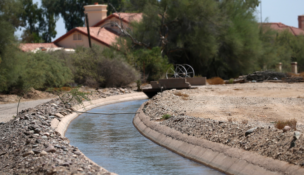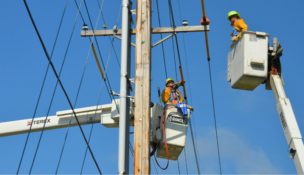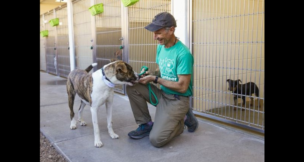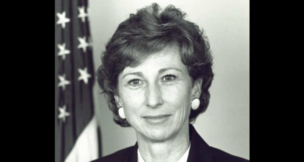Panel members differ over determining risk of sex offenders
Arizona Capitol Reports Staff//October 26, 2007//[read_meter]
Panel members differ over determining risk of sex offenders
Arizona Capitol Reports Staff//October 26, 2007//[read_meter]
How effective is the tool used by authorities to determine the level of risk sex offenders pose when released into the community?
A discussion on the subject during a committee hearing shows the complexity of how best to protect the community from sexual offenders, and how to reintegrate offenders into society.
One strategy adopted by Arizona since the mid-1990s is to notify communities about sex offenders released from jail or on probation. The offenders’ information is entered into a statewide database, a portion of which involves risk assessment, which is designed to predict an offender’s risk of recidivism.
The idea is to alert neighborhoods about the presence of a sex offender and allow residents to take precautionary steps to protect themselves. A point of contention is the accuracy of the notification levels.
There are three types of notification: Level 1, Level 2, and Level 3, with Level 3 posing the highest risk of re-offending. The differences in the types of notification vary depending on the likelihood of re-offending.
“My concern (is) that the instrument that is being used is neither valid nor reliable and it cannot be used to actually evaluate any individual in the system,” said Kenneth Bond, a private citizen appointed to the Community Notification Guidelines Committee that is comprised of lawmakers, lawyers and advocates.
Bond said the evaluation tools employed are “actuarial-type devices,” also used in the insurance industry to determine a group of risks. They are, for example, used to predict the probable number of houses that could catch fire, but they cannot pinpoint which house would actually do so, he said.
“You cannot use actuarial devices when people have a right to make a choice because actuarial devices operate in a closed system,” Bond told Arizona Capitol Times after the hearing.
A Pima County prosecutor said in an e-mail while it is true that “actuarial devices” are used, they are based on years of research on what characteristics make some sex offenders re-offend when others do not.
“The instruments have been scientifically validated and cross-validated on many different sex offender populations from many different countries,” said Kathleen Mayer, who attended the committee hearing.
Mayer said the tools are not designed to predict “with 100 percent certainty” who would re-offend, but who has the highest risk to do so.
Patty Morris, supervisor of the Arizona Department of Public Safety-Sex Offender Compliance Team, said the risk assessment tool is based on facts, such as questions regarding the number of felonies committed, the relationship of victim and offender, and use of weapons — and not on psychology. Moreover, it also draws from reports of law enforcers.
Morris said the state’s notification and sex offender registration laws are working.
Arizona has about 14,500 registered sex offenders, according to the DPS Web site.
Sen. Karen Johnson, R-18, raised another concern during the hearing: What about Romeo-Juliet types of cases?
Johnson said while working on legislation on juvenile offenders this past session, she learned about “egregious cases” where youngsters accused of non-violent sexual offenses were prosecuted as adults, and later put on lifetime sex registry.
“You do have consensual sex going on between underage children,” Johnson said after the hearing. “It is wrong. I wish it didn’t happen, but the reality is it does.”
Johnson said some cases had resulted in suicide.
“In my opinion, you can’t make a 16- or 17-year-old boy who has consensual sex with a girl two or even three years younger than him, when it is consensual, a lifetime sex offender,” she told Capitol Times.
But Morris said these types of cases are usually not prosecuted.
Mayer agreed.
“We do not routinely prosecute case involving 17-year olds and 14-years olds,” she said. She said it is not against the law for 15, 16 and 17-year olds to have consensual sex with each other.
“The question is at what point should we prosecute the 17-year old with the 14-year old, with the 13-year old, with a 12-year old? How about 19 and 12 (or) 19 and 13?” she said.
“Whether to prosecute or not is assessed on an individual case-by-case basis. What is the sex offense history of the older person? What are the relative maturity levels of each? Do the facts show that the conduct was truly consensual?” she said.
Mayer also pointed out that under the law, the registration obligations for juveniles adjudicated as delinquent end at age 25.
“Any offender who committed his offense while under the age of 18 may apply to the court for a re-determination of their registration status anytime after the completion of his probation,” Mayer also said.
In phone interview, Elizabeth Houde, head of the Arizona Sexual Assault Network and a member of the committee, recommended a shift in the way society views sex. She also suggested a re-evaluation of how public money is spent in addressing sex offenses.
“We have to be realistic about sex in society,” she told Capitol Times. “What we have done is sensationalized it to the point of people becoming hysterical (about it).”
















